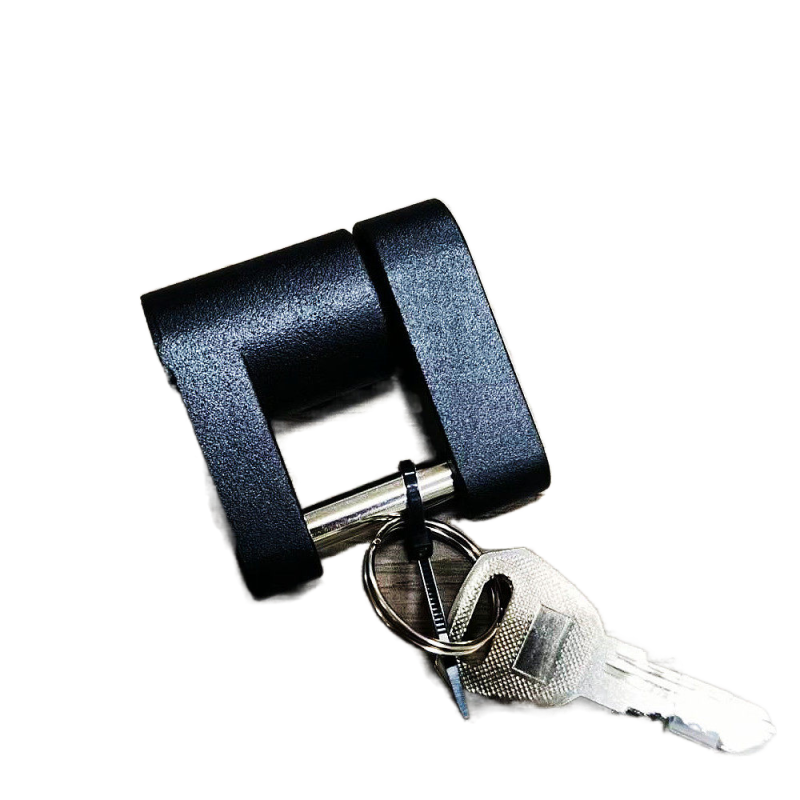Address
304 North Cardinal
St. Dorchester Center, MA 02124
Work Hours
Monday to Friday: 7AM - 7PM
Weekend: 10AM - 5PM
Address
304 North Cardinal
St. Dorchester Center, MA 02124
Work Hours
Monday to Friday: 7AM - 7PM
Weekend: 10AM - 5PM

A trailer lock is a device that is used to secure a trailer, such as a boat trailer or a utility trailer, to prevent it from being stolen or tampered with. Trailer locks are typically made of sturdy materials, such as heavy-duty steel, and are designed to be difficult to break or remove. They can be attached to the trailer hitch, the trailer tongue, or other parts of the trailer, depending on the design and security needs of the trailer. Some trailer locks also include additional features, such as alarms or GPS tracking, to provide even more security and protection.
A zinc alloy die-cast trailer lock is a type of lock that is designed for use with trailers, such as those used for hauling boats, recreational vehicles, or other large items. The lock is made from a zinc alloy, which is a type of metal that is strong and durable, and is formed using a die-casting process, which involves injecting molten metal into a mold to create a specific shape.
Zinc alloy die-cast trailer locks are often used to secure trailers to prevent them from being stolen or tampered with. They can be used in conjunction with other security measures, such as alarms or surveillance cameras, to provide added protection. Some trailer locks are designed with additional features, such as keyless entry or remote access, for added convenience.
To use a zinc alloy die-cast trailer lock, you will need to attach it to the trailer using the appropriate mounting hardware and then lock it using a key or other mechanism. The lock should be positioned in a place that is difficult for potential thieves to access, such as behind the trailer’s wheel or under the hitch. It is important to keep the key or other unlocking mechanism in a safe place, as losing it could prevent you from being able to access your trailer.
The production process for zinc die-casting a trailer lock typically involves the following steps: